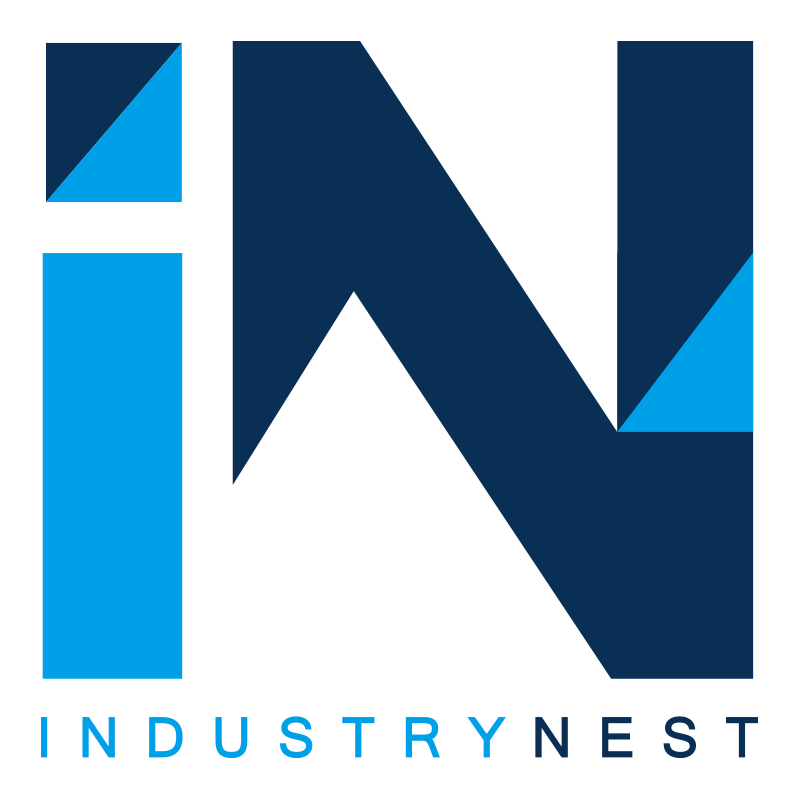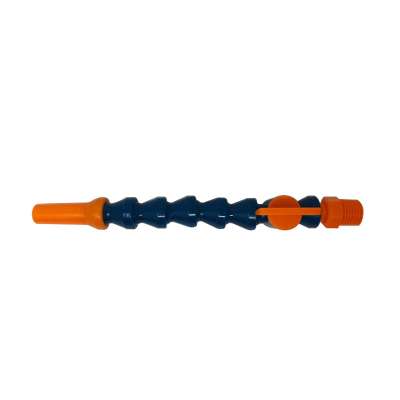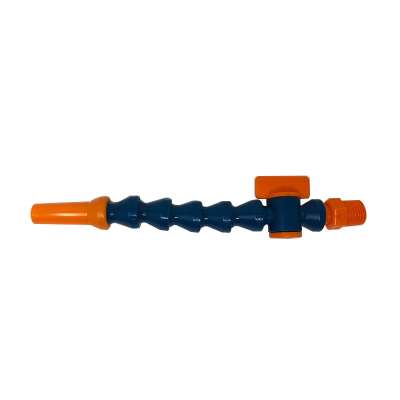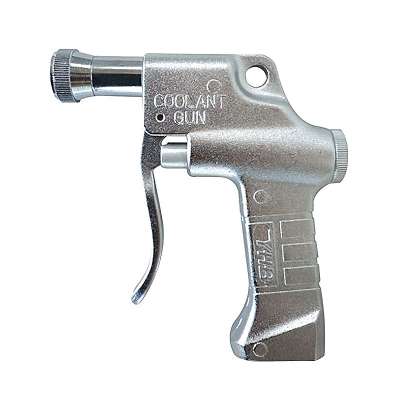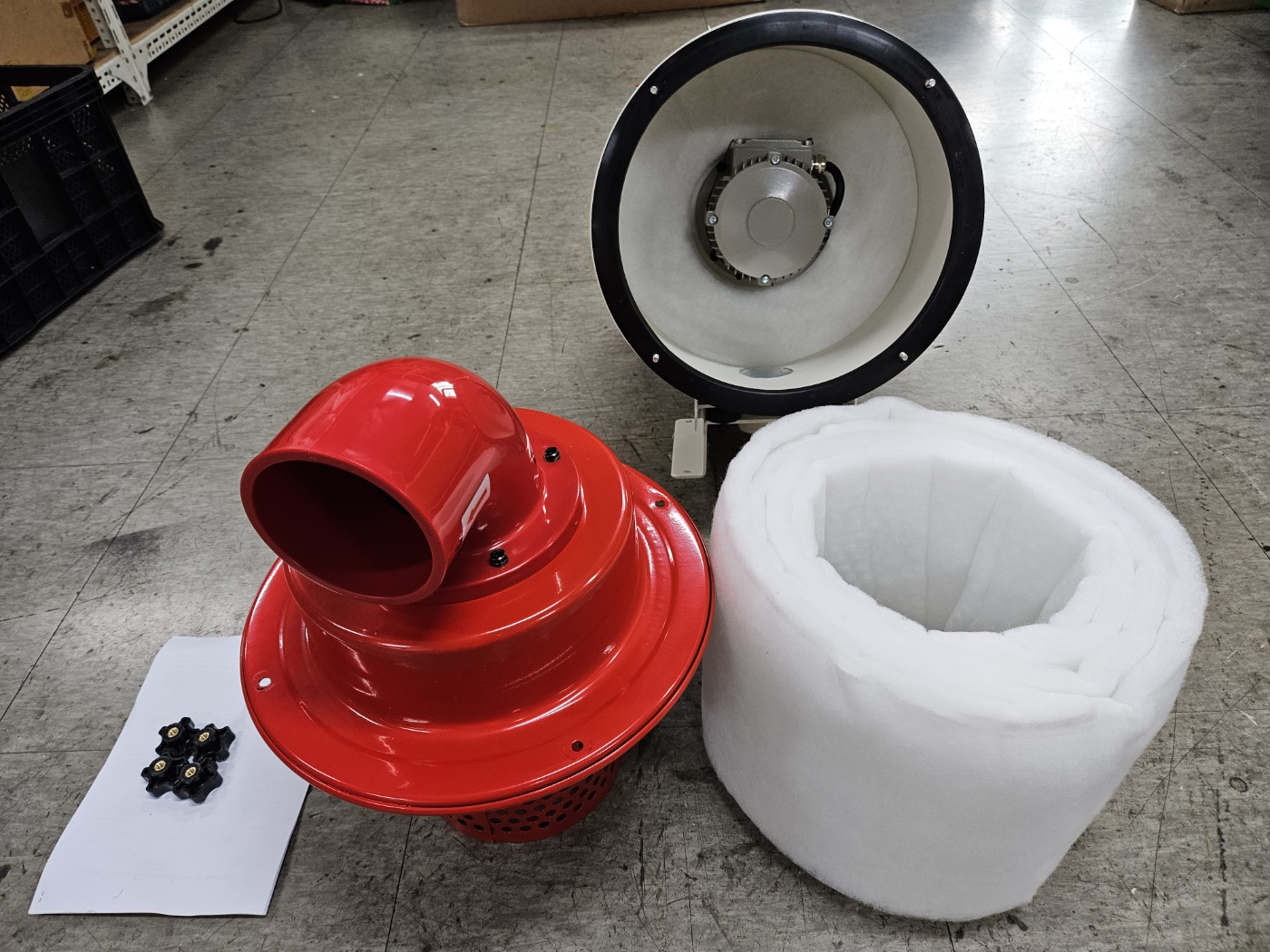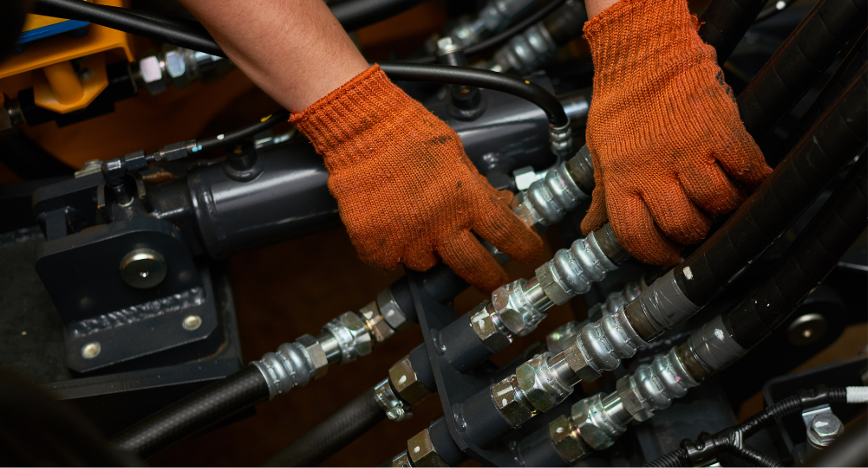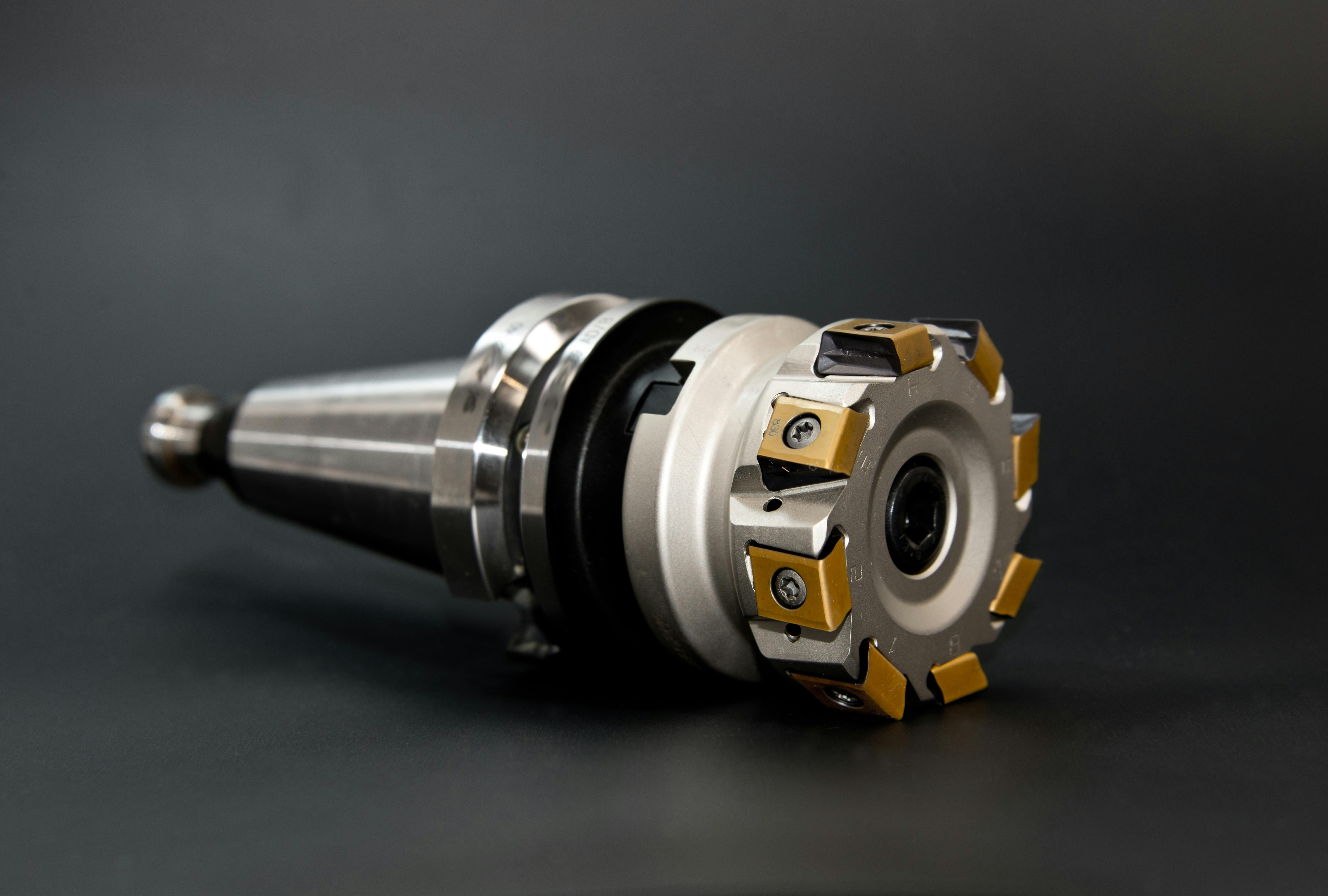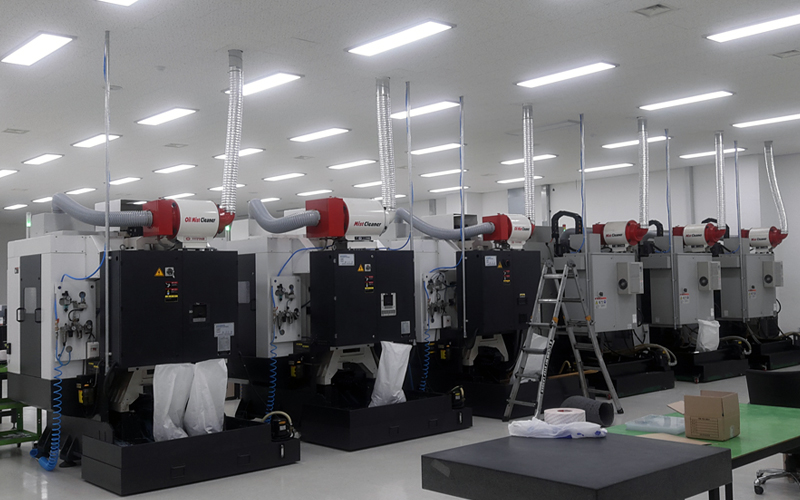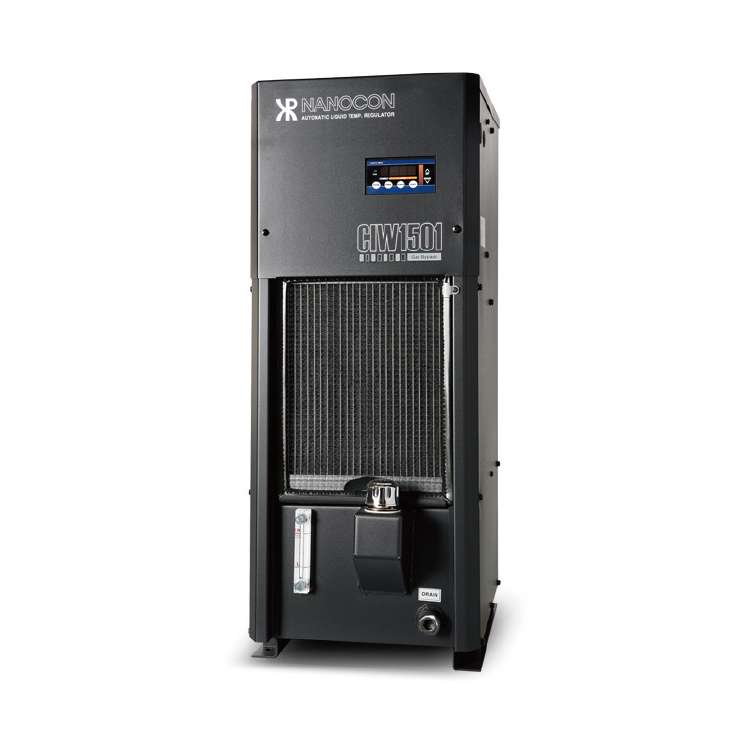 02Jul
02Jul
Summer Maintenance Tips for Industrial Coolant Chillers
As the summer heat intensifies, ensuring your industrial coolant chiller systems are operating efficiently becomes crucial. Proper maintenance during the warmer months not only prolongs the lifespan of your equipment but also enhances performance and reduces operational costs. Here’s a comprehensive guide to keeping your coolant chillers in top condition this summer.
Understanding Coolant Chillers
A coolant chiller is a refrigeration system used to lower the temperature of machinery, industrial spaces, and process fluids. They are essential for temperature regulation in various industries, including plastics, food and beverage, and pharmaceuticals. Efficient temperature control can lead to increased productivity and significant cost savings.
Importance of Temperature Control in Industrial Processes
Temperature control is critical in various industrial processes. Maintaining optimal temperatures ensures that machinery operates efficiently and prevents overheating, which can cause damage and downtime. Properly functioning coolant chillers, such as oil and coolant chillers, play a vital role in achieving this.
Key Maintenance Tips for Summer
1. Regular Inspection and Cleaning

During summer, dust and debris can accumulate faster, affecting the efficiency of your chillers. Ensure that you regularly inspect and clean all components, including the condenser coils, filters, and evaporator. Clean coils enhance heat transfer, ensuring your system runs efficiently. For instance, maintaining clean air filters for oil and coolant chillers is vital.
2. Check Coolant Levels and Quality

Maintaining the correct coolant levels and ensuring the quality of the coolant is vital. Over time, coolant can degrade or become contaminated, reducing its effectiveness. Regularly check the coolant and top up or replace it as necessary. Using high-quality components like the Jeton Coolant Nozzle can help maintain efficient coolant flow.
3. Inspect Electrical Components
Summer heat can put additional strain on electrical components. Inspect wiring, connections, and circuit breakers to ensure they are in good condition and operating correctly. Faulty electrical components can lead to system failures and downtime.
4. Optimize Water Flow

Ensure the water flow rate through your chiller system is optimal. Adjust flow rates according to the manufacturer’s specifications to maintain efficiency. Check for any blockages or leaks in the water lines. Investing in reliable water chillers can ensure consistent performance.
5. Monitor and Adjust Temperature Settings

During summer, ambient temperatures rise, and your chiller may need to work harder to maintain the desired temperature. Regularly monitor and adjust the temperature settings on your control panel to ensure optimal performance. Utilizing tools like the YHB Coolant Gun can help maintain effective temperature control.
6. Ensure Proper Airflow
For air-cooled chillers, maintaining proper airflow is crucial. Ensure that the area around the chiller is free from obstructions that could impede airflow. Clean the fans and vents regularly to prevent dust buildup, which can reduce the chiller’s efficiency.
Working Principles of a Coolant Chiller
Refrigeration Cycle
An industrial chiller system operates based on either heat absorption or vapor compression principles. The system consists of four essential components: an evaporator, a compressor, a condenser, and an expansion unit. The heat transfer process in a heat exchanger begins with a low-pressure refrigerant entering the evaporator, where heat is transferred from the process fluid to the refrigerant.
Components of an Industrial Chiller System
Compressor

The compressor is the driving unit of any chiller system. It generates the pressure gradient necessary to push refrigerant around the chiller unit to achieve process cooling. Regular maintenance of the compressor ensures the entire system operates smoothly.
Evaporator
The evaporator is placed between the expansion valve and the condenser. It removes heat from any associated process into circulating refrigerant. Ensuring the evaporator is clean and free from obstructions is vital for efficient heat exchange.
Thermal Expansion Valve
Thermal expansion valves, located between the compressor and the evaporator, serve to expand refrigerant passing through them. This action diminishes the pressure and improves heat elimination from the evaporator.
Control Panel

Control panels regulate the entire cooling operation process. They usually integrate sensors, alarms, and display screens that allow operators to adjust system settings for optimal thermal control.
Types of Coolant Chillers
Water-Cooled and Air-Cooled Chillers
Water-cooled chillers use water from an external cooling tower to reject heat from a gaseous refrigerant in the condenser before it undergoes a phase change into a liquid. On the other hand, air-cooled chillers use ambient air to reject heat from the refrigerant in the condenser.
Vapor Compressor and Vapor Absorption Chillers
Vapor compressor chillers use refrigerants to cool process fluids and spaces. Vapor absorption chillers have no compressor in the unit. Instead, they use a heat source, such as solar energy or waste heat, to drive the coolant through the system.
Industrial Applications of Coolant Chillers
Cooling Process Equipment in Manufacturing and Production
Industrial chillers are used in various industries, such as plastics, food and beverage, and pharmaceuticals, to provide process cooling. Adequate process cooling is critical to productivity and cost savings.
Laboratory and Research Applications
Industrial chillers provide cost-effective engineered solutions for tight temperature control. Variable frequency drives (VFDs) and recirculation tanks are used to maintain temperature control of +/- 1°F.
Medical and Healthcare Uses
Industrial chillers offer various redundancy options to ensure continuous operation. Options include multiple refrigeration circuits, auto-changeover pumps, and capacity control.
Food and Beverage Processing
Industrial chillers are designed to keep machine tools cool, increasing efficiency and reliability. Overheated machine tools can lead to premature failure and downtime.
Benefits of Efficient Temperature Control
Increased Productivity and Reduced Downtime
Efficient chiller maintenance ensures consistent cooling, which prevents overheating and reduces the risk of machinery breakdowns, leading to increased productivity.
Cost Savings and Improved Process Efficiency
Proper maintenance reduces energy consumption and prevents costly repairs. Efficient chillers also prolong the lifespan of your machinery, providing long-term savings.
Selecting the Right Coolant Chiller
Determining Cooling Capacity Requirements
An adequately sized chiller is critical for efficient and cost-effective processes, machinery, and space cooling. Chiller units must be run as efficiently as possible to avoid additional charges during routine operation.
Considering Factors Such as Space and Budget
Industrial chillers can support 1-100+ pieces of equipment, making them expandable for future growth. Our chillers can grow along with your application, whether starting small or requiring a larger system.
Evaluating Chiller Performance and Efficiency
Industrial chillers offer customized control options, including custom programming for application control. MCS micro-controller standard provides tighter process control and remote login access.
Regular Maintenance Tasks for Optimal Performance
Inspecting and Cleaning the Heat Exchanger
The heat exchanger is crucial for transferring heat from the coolant to the refrigerant. Regularly inspect and clean the heat exchanger to prevent buildup and ensure efficient heat transfer.
Monitoring and Adjusting Coolant Levels
Maintaining the correct coolant levels is essential for optimal performance. Regularly monitor and adjust coolant levels to ensure the system operates efficiently.
Checking for Leaks and Repairing as Necessary
Leaks can significantly impact the performance of your chiller system. Regularly inspect for leaks and repair them promptly to prevent further damage.
Testing and Calibrating Control Panels
Control panels regulate the entire cooling operation. Regularly test and calibrate control panels to ensure accurate temperature control and efficient operation.
Common Issues and Troubleshooting Tips
Identifying and Addressing Electrical Problems
Electrical issues can cause significant disruptions. Regularly inspect electrical components and address any problems promptly to ensure smooth operation.
Dealing with Refrigerant Leaks
Refrigerant leaks can reduce the efficiency of your chiller system. Regularly inspect for leaks and repair them to maintain optimal performance.
Handling Compressor Failures
The compressor is the driving unit of the chiller system. Addressing compressor failures promptly is crucial for maintaining efficient operation.
Conclusion
Regular maintenance of your coolant chiller systems during the summer is crucial for optimal performance and cost efficiency. By following these tips and using high-quality products, you can ensure your industrial processes run smoothly even in the hottest months.
Explore our range of coolant chillers, air filters, water chillers, coolant nozzles, and coolant guns to keep your systems running efficiently and contact us today at [email protected].
